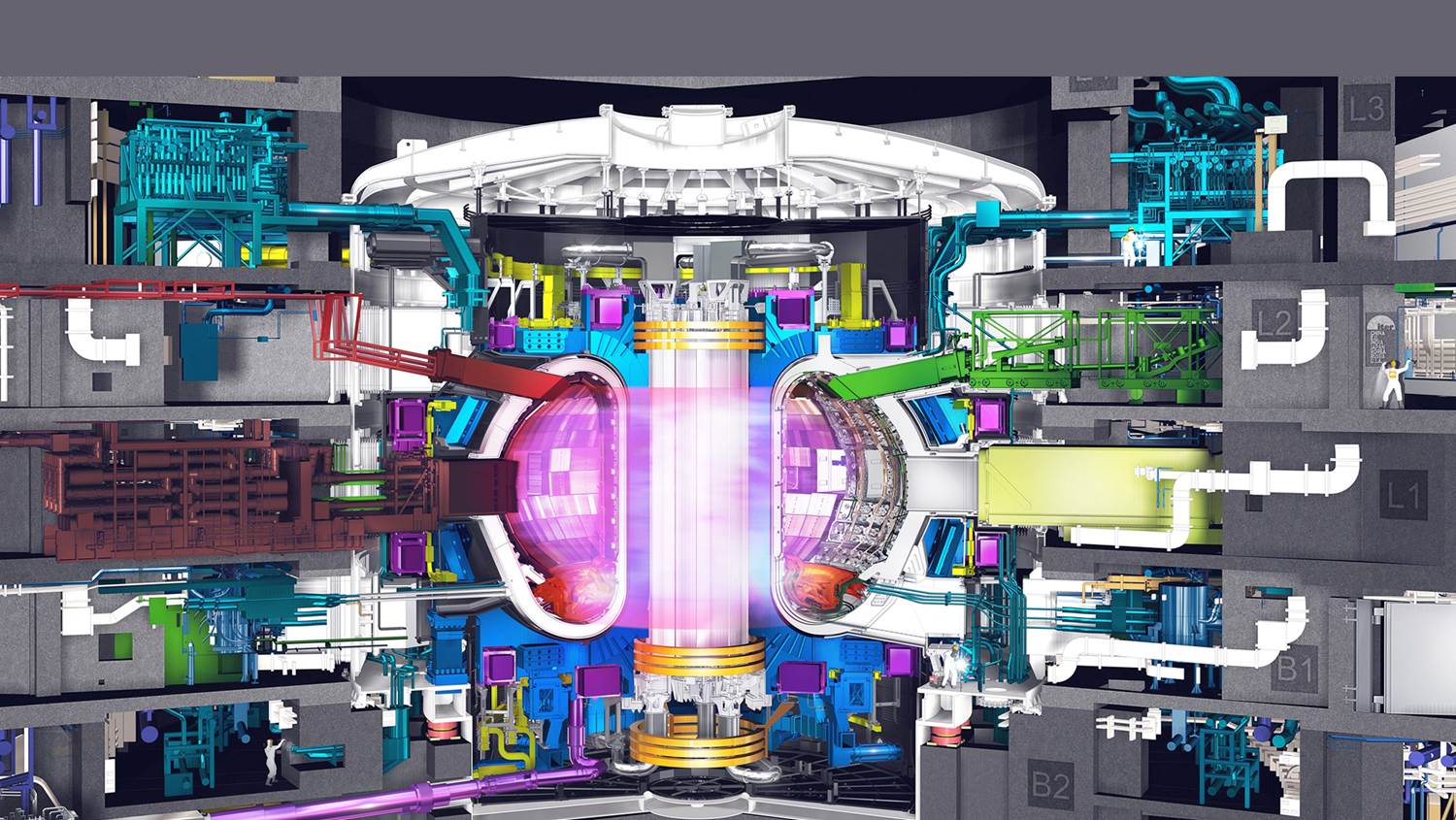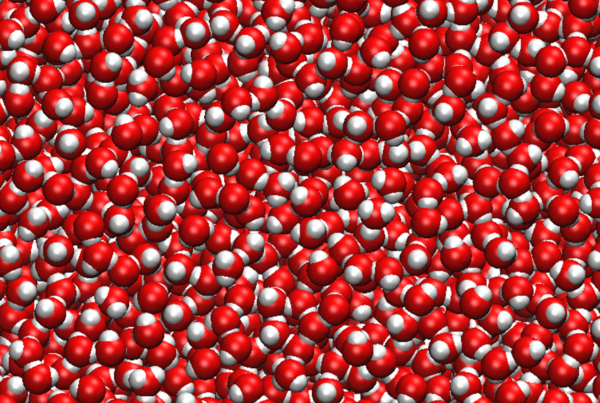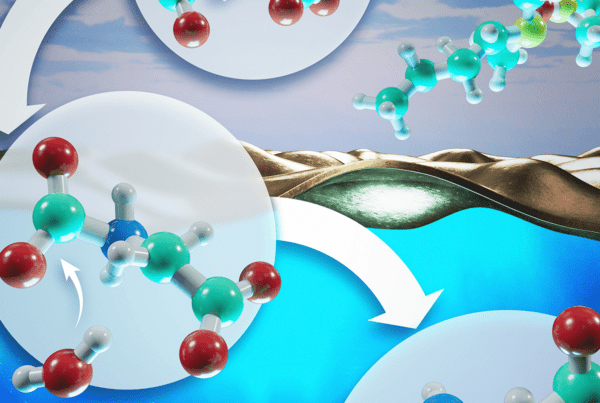Fusion, the energy that powers the stars, might one day provide abundant energy here on Earth.
In a nuclear fusion reactor, the hot, charged gas known as plasma reaches out of this world temperatures at 150 million degrees Celsius, or 10 times hotter than the center of the sun. The extreme conditions created by the plasma enable hydrogen nuclei to fuse and, in the process, release energy in the form of free neutrons and high-energy alpha particles (two protons bound to two neutrons).
Poised to be a revolutionary source of clean, abundant energy, fusion would not produce greenhouse gases or long-term radioactive waste and, if successful, could generate a nearly endless supply of electricity by using heavy hydrogen gathered from seawater and plentiful supplies of lithium from the earth as fuel. In future reactors, the energy from released neutrons could be captured to create steam and propel turbines for electricity generation.
Energy is also released in the form of energetic helium nuclei, or alpha particles, created in the fusion process. That energy heats the fuel itself, keeping the fusion processes going. But this extra energy also becomes exhaust heat that flows against the interior surface of the reactor. To avoid damage or costly replacements to the plasma-facing surfaces, researchers need to understand how to control and remove exhaust heat from the reactor.
Using the 27-petaflop Titan supercomputer at the Oak Ridge Leadership Computing Facility (OLCF), a team of researchers based at Princeton Plasma Physics Laboratory (PPPL) are predicting how ITER—the world’s largest experimental magnetic fusion reactor, currently under construction in France—will withstand the extreme heat involved in extracting exhaust. The OLCF is a US Department of Energy (DOE) Office of Science User Facility located at DOE’s Oak Ridge National Laboratory.
Fusion at the edge
Designed to produce a burning, self-sustaining plasma, which is a necessary step for fusion energy development, ITER will confine a plasma almost 10 times greater in volume than today’s largest experimental magnetic confinement fusion device. Although ITER’s scale is expected to yield a higher fusion power output, it presents new technical challenges because plasma performance can be more difficult to predict at larger scales.
For this reason, supercomputing simulations have been critical to designing and planning for ITER and future fusion reactors.
As lead of the US Scientific Discovery through Advanced Computing (SciDAC) Center for Edge Physics Simulation at PPPL, physicist C.S. Chang and his multi-institutional team develop large-scale simulation tools to model plasma dynamics in fusion tokamaks—a type of fusion device, like ITER, that is doughnut-shaped.
Chang’s research team is interested in the plasma edge—the boundary created by the magnetic field that confines plasma within the tokamak’s vacuum vessel. At its edge, plasma becomes more turbulent, following a nonlinear, chaotic behavior that cannot be computed accurately using linear equations. To study the impact of the plasma edge on ITER’s operation and that of other fusion devices, the team has developed a scientific computing code called XGC that can simulate particle movements and electromagnetic fields in plasma from first-principles (or fundamental) calculations.
In the exhaust heat study, Chang’s team simulated where the plasma edge meets the tokamak’s divertor, a material structure engineered to remove exhaust heat from the vacuum vessel. Specifically, the team evaluated the heat-flux width at the divertor—the width of the material surface that might sustain the highest heat load.
The toughest element on Earth
Because the divertor directly faces the exhaust flow, it is bombarded with hot particles driven by electromagnetic fluctuations. In ITER, the divertor will withstand the highest surface heat load and will be made of the toughest element on Earth: tungsten.
Fusion reactors are not the first engineering problem to combat the extreme temperatures of plasma. When space shuttles re-enter Earth’s atmosphere, shuttle tiles can reach more than 1,500 degrees Celsius as they are bombarded by air molecules that have broken apart and ionized. However, if predictions based on extrapolating data from today’s tokamak experiments are accurate, the ITER divertor could experience 10 times the heat load of a space shuttle on re-entry and surpass any known material’s heat load limit as charged particles hit a very small area about a centimeter wide, Chang said.
“You don’t want to start and stop ITER too often to replace this divertor material, so it has to be able to withstand the heat load,” Chang said. “Ideally, we want the hot exhaust particles to hit the surface in a much wider area so that it’s not damaged.”
Because the heat-flux width on the divertor surface is determined by the movement of electrons and ions in the turbulent electromagnetic fields, Chang’s team focused on studying the plasma edge where turbulence is greatest.
A problem with many moving particles
Tracking the movement of plasma particles requires a sophisticated code developed for high-performance computing. The XGC gyrokinetic code models plasma across multiple scales—from nearly a trillion individual particles, to small-scale turbulence across millimeters and centimeters, to the fluid-like movement of plasma across meters.
To validate that XGC can accurately predict the heat-flux width for ITER, researchers first simulated the heat-flux width for existing fusion devices for which there is experimental data to compare. XGC simulations were in good agreement with experimental data from three different fusion devices in the United States: DIII-D, a toroidal magnetic fusion device with aspect ratio similar to ITER located at General Atomics; Alcator C-Mod, a high magnetic field-type tokamak at Massachusetts Institute of Technology; and the National Spherical Torus Experiment, a spherical tokamak at PPPL. The team has also simulated heat-flux width for the world’s largest tokamak—although still about 10 times smaller in volume than ITER will be—known as the Joint European Torus (JET) in the United Kingdom. Chang’s team found a similarly good agreement between the XGC simulation and the experimental data from JET.
Experimental data and XGC simulations show a trend of shrinking heat-flux width for fusion devices as the confining magnetic field becomes stronger. This inverse relationship occurs as the poloidal magnetic field increases in strength, which is typical as tokamaks approach ITER’s size. The poloidal field is one of two magnetic fields that cross the doughnut-shaped tokamak; it runs top-to-bottom, as if looping a string through the hole of the doughnut, rather than the toroidal field that runs side to side, as if tying a string around the doughnut’s circumference.
If the trend for current fusion devices held true for ITER, its much stronger poloidal magnetic field would result in a heat-flux width on the divertor of less than 1 cm. However, Chang’s team does not think this will be the case.
Titan brings the heat
Based on Titan simulations, Chang’s team predicts the trend may reverse in a device of ITER’s size because the “blobby”-shaped edge turbulence widens the heat load. The turbulence may spread heat across a larger area of the divertor surface and significantly increase the heat-flux width to over 5 cm—much wider than current smaller-scale fusion devices.
“We can see proof that turbulence widens the heat load,” Chang said.
Yet turbulence at the plasma edge has not been the focus of first-principles-based, heat-flux width predictions until recently because it requires a significant amount of computing power to simulate.
America’s largest supercomputer for science, Titan, has more than 18,600 GPUs and 18,600 CPUs, and the size of the ITER simulations takes up more than 90 percent of Titan’s processors for several days. Because electrons move much faster than heavier ions, electron calculations for the plasma edge required 60 times more time steps and were rapidly crunched on GPUs, whereas the larger, slower ions were modeled using CPUs.
“Titan’s hybrid architecture was extremely helpful because the electron parts of the simulation were optimized for GPUs and other parts for CPUs,” Chang said.
A wider heat load on the divertor reduces risk of rapid or unexpected damage to the divertor, and plasma edge simulations can help guide planning for ITER experiments, ultimately reducing cost through more accurate predictions.
The research is supported by DOE’s Office of Science. The single largest supporter of basic research in the physical sciences in the United States, the Office of Science is working to address some of the most pressing challenges of our time. For more information, please visit science.energy.gov.






